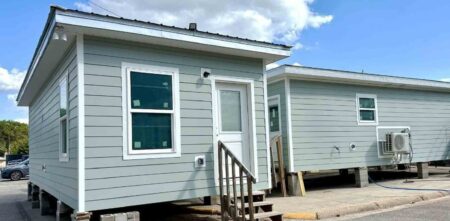FLORIDA –– Despite the hot weather, it’s not too early to begin planning for fall vegetable gardening.
Cool-season vegetables that can be planted soon include leafy green vegetables such as cabbage, collards, and spinach. Other cool-season vegetables that you can enjoy include radish, beets, and carrots.
Broccoli is an excellent crop for the home garden. General cultural practices are about the same as for cabbage. September is a good time to plant broccoli and cabbage.
Collards will withstand wide ranges of temperatures if properly conditioned. They may be direct seeded and thinned to cabbage spacing, or plants may be set. Collards may be harvested by cutting the whole plant or by “cropping” individual leaves. Plant collards from August through November.
Onions are generally grown from sets or plants. Sets and plants will require about six to eight weeks to reach eating size. Bulbing onions will not be ready to harvest until spring. Plant onions from September through December.
Radish is fun to grow, and it is fast. It should be ready to harvest 25 to 30 days after planting. Plant radish seed from September through mid-October.
Other cool season vegetables to try include beets, plant Aug. 1-Sept. 20; carrots, plant Aug. 20-Sept. 15; cauliflower, plant Aug. 15-Oct. 15; kale, plant Aug. 15-Oct. 15; lettuce, plant Sept. 1-Oct. 1; mustard, plant Aug. 20-Sept. 10; spinach, plant October-November; turnips plant Aug. 10-Oct. 1.
The preparation for a fall-season garden is the same as for an earlier garden.
Choose a sunny location. Most vegetables perform poorly in shade. An area that receives at least eight hours of sunlight daily is best. Some vegetables such as broccoli, collards, and spinach will tolerate partial shade.
Avoid locating your garden near hedges or trees. They not only create too much shade but also compete with the garden for moisture and nutrients.
Locating the garden near the house will make it easier to periodically check the garden for insect pests and disease. And, it is easier to keep an eye on the garden for larger pests such as birds, squirrels, and rabbits.
Closeness to the house will make it convenient in tending to the garden chores or harvesting the fruit.
Locate the garden near a water supply. You’ll get only moderate results if you try to grow a garden without watering it as needed. Mulches and high soil organic matter will improve the soil’s ability to hold onto water and reduce evaporation.
More on vegetable gardening in Florida is available through the following UF/IFAS Extension link or by contacting the Extension Office in your County.
https://gardeningsolutions.ifas.ufl.edu/plants/edibles/vegetables
Larry Williams is the Extension horticulture agent with the Okaloosa County Cooperative Extension Service, University of Florida. Contact Larry at 689-5850 or email lwilliams@myokaloosa.com.





